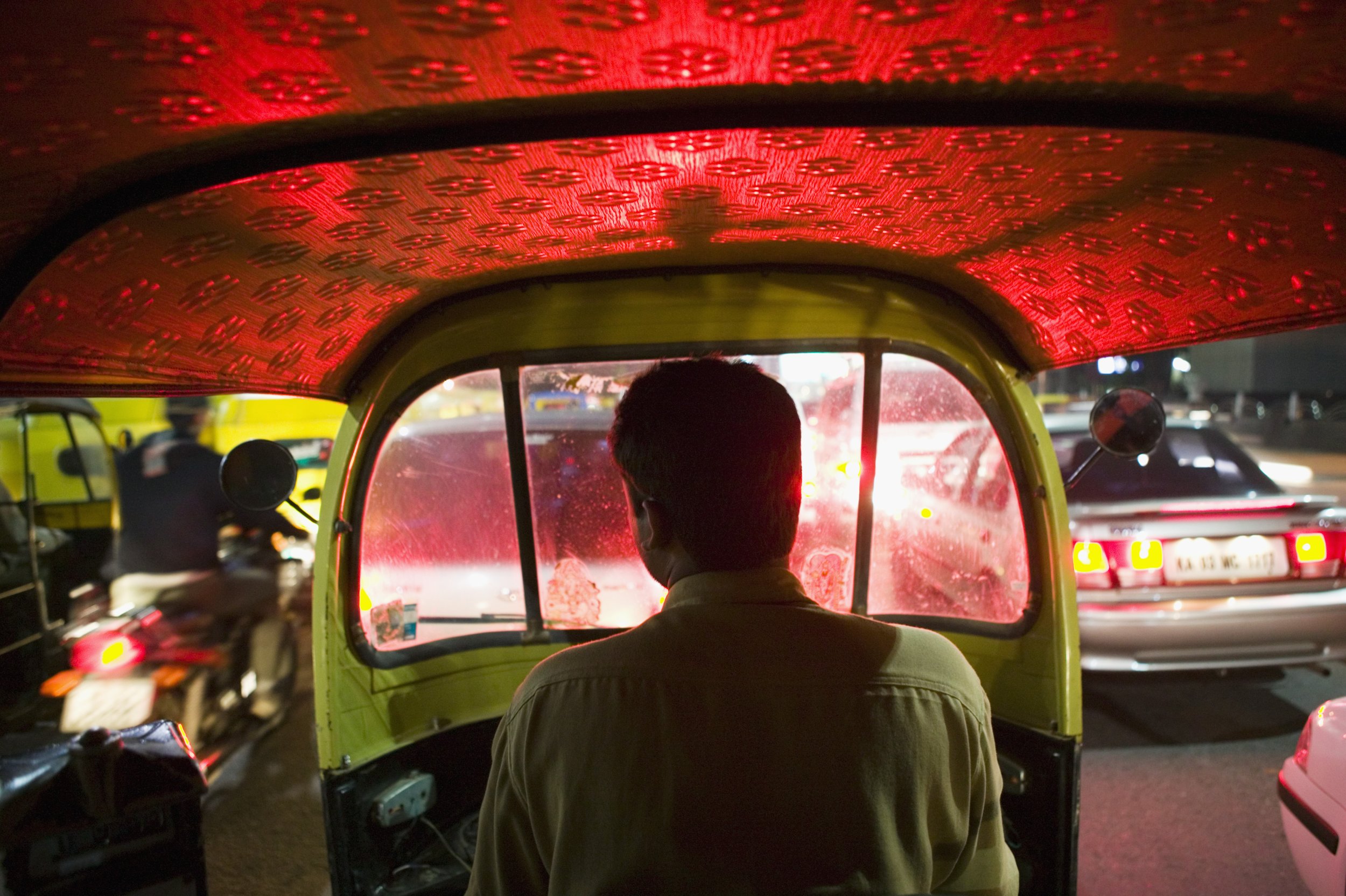
What is the
Global Network for Popular Transportation?
The Global Network for Popular Transportation
is a project of the Shared-Use Mobility Center.
We are a global network of researchers, consultants, advocates, companies, agencies, and institutions committed to changing how the world sees popular transportation.
We’re partners with over 50 global organizations who believe that popular transportation can play a crucial role in decarbonizing transportation through a Just Transition. We know these transportation systems can be powerful engines for economic mobility and for creating more sustainable and inclusive cities.

What is popular transportation?
Popular transportation
is transportation created by people to serve people.
Popular transportation is the privately provided, publicly serving local transportation services and systems that emerge in nearly every city in the Global South.
They go by many local names—ojeks, tuk-tuks, jeepneys, matatus, danfos, dala dalas, boda bodas, minibus taxis, microlets, angkots, marshrutkas, diablos rojos, bajajas, colectivos, boda bodas, dollar vans, etc. They run on two-wheels, three-wheels, or four-wheels. They are pedal or motor powered. They can even be electric.
It is sometimes referred to as “informal transportation,” “paratransit,” “intermediate public transit,” or “artisanal public transportation.” (We think those terms are inadequate. Learn why.)
These systems proliferate in almost every city, town, village, and rural area of low- and middle-income countries. They also operate in the underserved fringes of high-income countries. They are so common that these systems likely move more people worldwide than all other modes combined.

Why does
this matter?
Popular transportation systems are everywhere and likely move more people worldwide than all other modes combined.
Popular transportation systems are indigenous and endemic. These systems proliferate in almost every city, town, village, and rural area of low- and middle-income countries. They also operate in the underserved fringes of high-income countries. They are so common that these systems likely move more people worldwide than all other modes combined.
Despite its ubiquity, popular transportation systems are often seen as local problems.
The sector suffers from haphazard, discriminatory policies and regulations and little government investment. At best, popular transportation is ignored in urban transport policy and planning. More often, it is actively discriminated against. Because of this bias, the people who operate, manage, own, and invest in popular transportation are rarely consulted and are never recruited to help improve services address decarbonizing transportation. And yet, the services continue to be resilient, serving billions of people and employing millions more.
